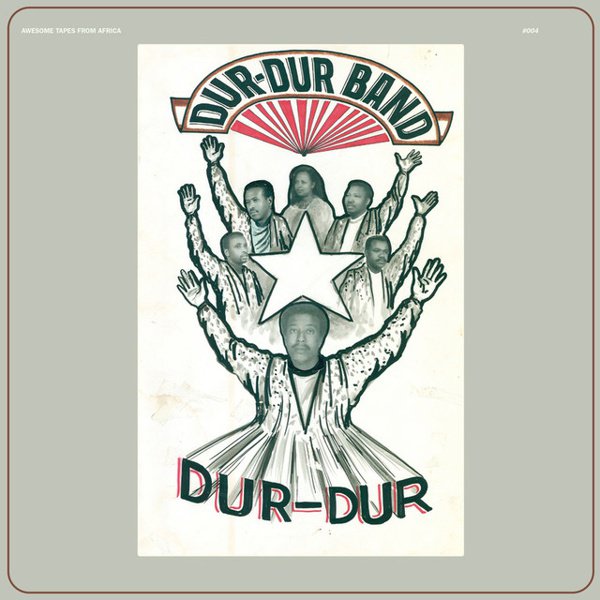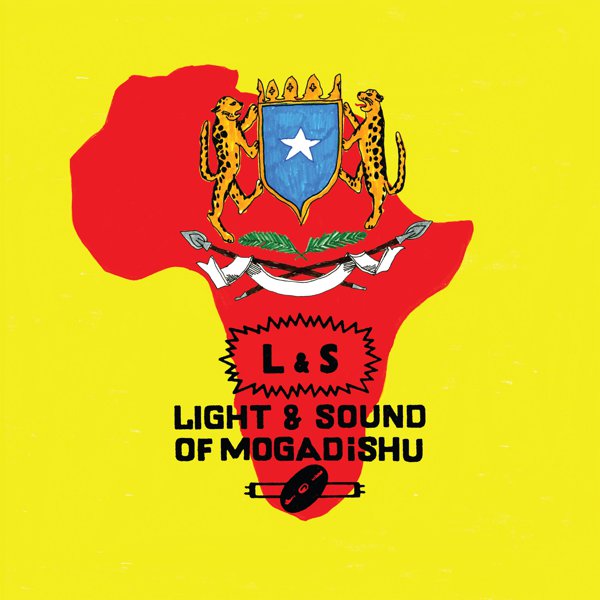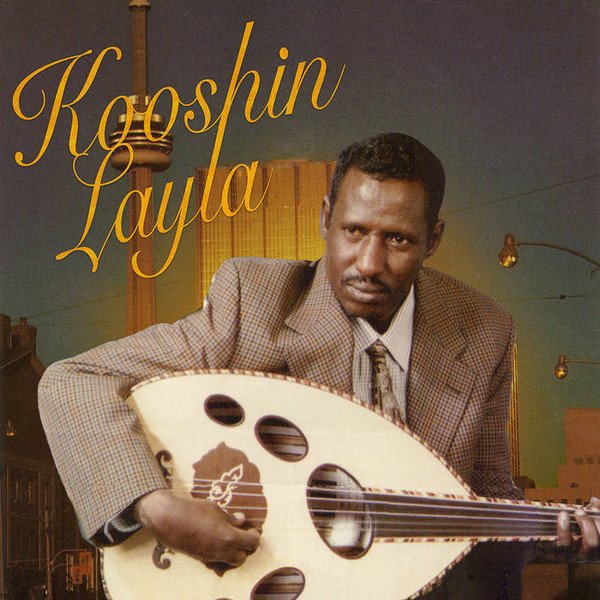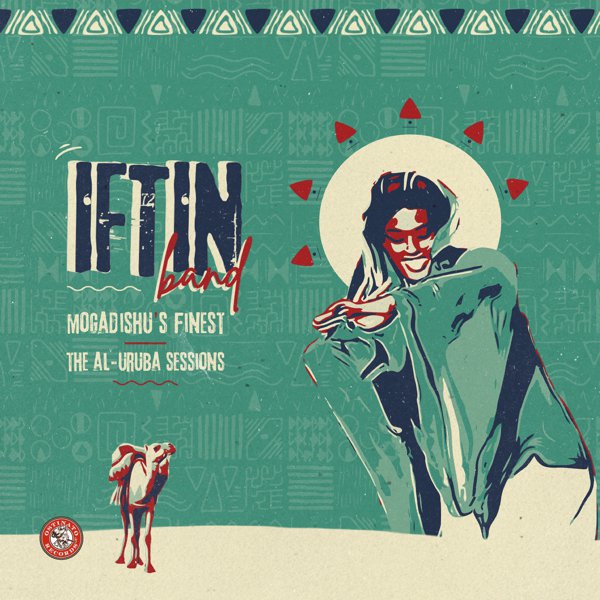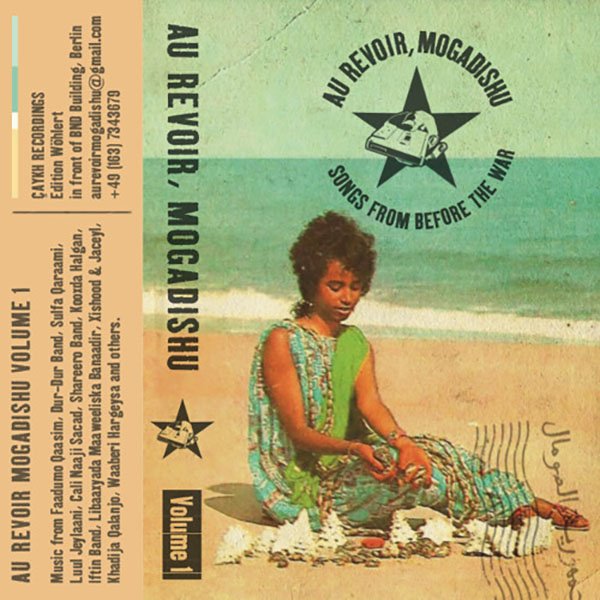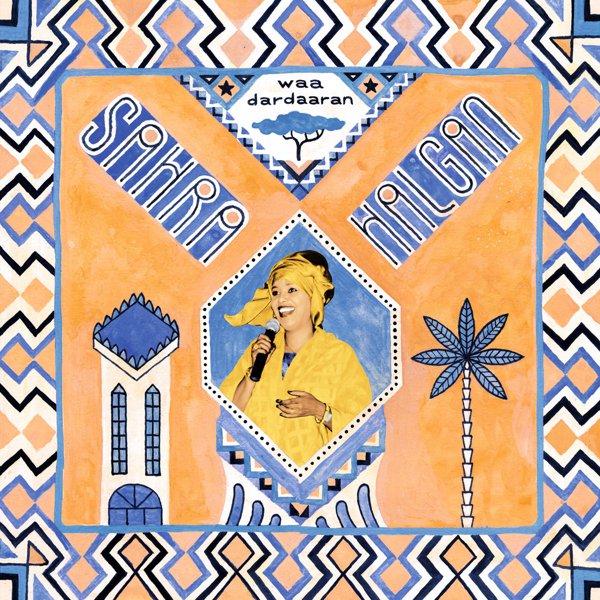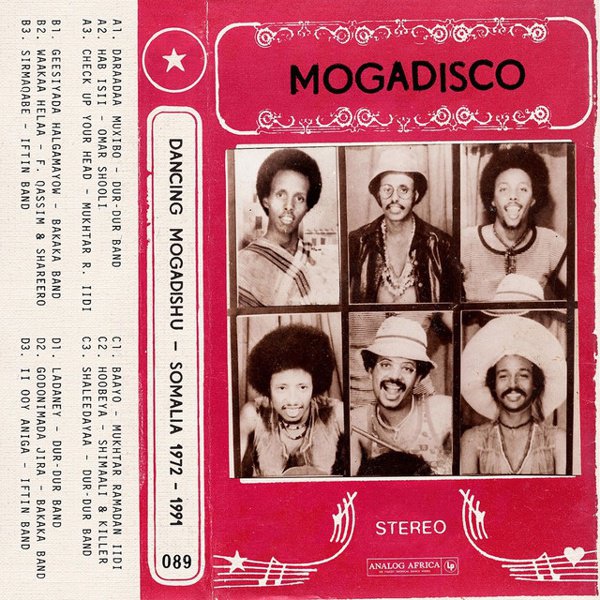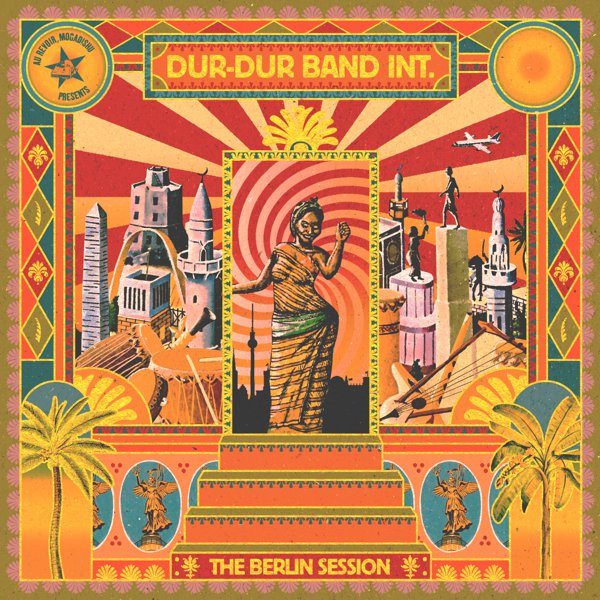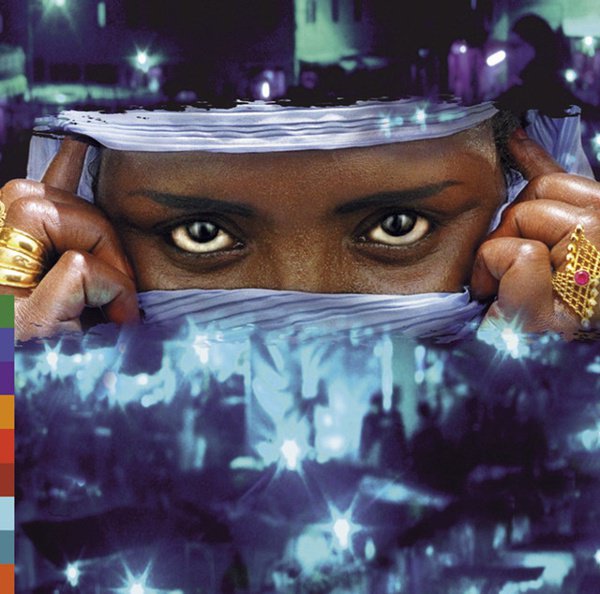For centuries Mogadishu was one of the most important and prosperous cities on the East African coast, lying right in the middle of the region’s gold trade and the Silk Road maritime route. In the 14th and 15th centuries various explorers described it as a magnificent metropolis, where buildings were several stories high and grandiose palaces and minarets dominated the city skyline. But you don’t have to go that far back to encounter a peaceful, vibrant, and cosmopolitan Mogadishu: up until the 1980s Somalia’s capital was a trendy tourist destination and a cultural hub, known as “The Pearl of The Indian Ocean” thanks to its impressive white architecture and sandy beaches.
Somalia has long had a rich theater and poetry tradition, but at the start of the 1970s the music scene exploded with influences from all over the world: Bollywood soundtracks, American funk and disco, Jamaican reggae, and the music of legends like Manu Dibango and Fela Kuti mixed with local rhythms and melodies: Banadiri rhythms from the south, the spirit summoning ritual music known as Saar, and the reggae-like Dhaanto of the nomadic tribes from the Ogaden region.
This concoction resulted in the new Somali sound that would become emblematic of the period known as Somalia’s Golden Age. Bands like Dur-Dur and Iftin dressed in the latest fashion, rocking afros, platform shoes, and sequinned jackets while performing at the city’s best nightclubs, mostly located in its fanciest hotels, like the Jazeera, Jubba and the emblematic Al-Uruba. Women, too, were central to the scene, and singers like Fadumo Qassim, backed by the legendary Shareero Band, as well as Dur-Dur’s Sahra Dawo, became some of the country’s biggest stars.
All this artistic production — including the work of Mogadishu’s National Theatre, which had opened in 1969 and was seen as central force in the development of a new, proudly Somali society — flourished in the shadow of a repressive regime led by Siad Barre, who had taken power in 1969 following a bloodless coup. His socialist and nationalistic government guaranteed universal education and promoted the arts in an effort to rebuild Somali culture after years of colonialism. Different ministries and government branches even sponsored their own bands: Iftin Band for example were the Ministry of Education’s group, while Bakaka Band, who would later become the great Dur-Dur, were sponsored by the Ministry of Interior.
Although this was a fertile period for Somali arts and music, it didn’t take long for Barre’s regime to become violently repressive. By the late 1980s the country was in the grip of a severe economic crisis, and as dissidence began bubbling, musicians saw a gradual curtailment of their freedom. Many left for Europe, America, and the Middle East. In his attempt to thwart secessionist movements in the north of the country, in 1988 Barre attacked current day Somaliland, completely razing the city, including the famous Radio Hargeisa and its archives, to the ground. The civil war that swept the country a few years later all but wiped out the remaining traces of the once vibrant Golden Era, and after decades of war and myopic reporting the music and legacy of bands like Sharero, Iftin, and Dur Dur was almost forgotten.
“It’s a tragedy that young Somalis don’t know about their culture, and that it hasn’t always been like this,” Dr Jama Musse Jama, the founder of Hargeisa’s Red Sea Cultural Centre, once told me. Both Somalia and Somaliland (which has since become independent, although it is not internationally recognized) have become much more conservative, and music is strictly frowned upon or completely banned in many spaces. However, thanks to the work of people like Jama, who is curating and digitizing an extensive tape archive — which includes hundreds of tapes salvaged from Radio Hargeisa — and fostering a local arts and culture scene, younger generations are delving into Somali’s Golden Era music and rediscovering a past they knew little about. And, thanks to labels like Analog Africa and Ostinato, the rest of the world is also hearing the hypnotic vocals and funky instrumentals of Somali pop for the first time.
While music is still mostly absent in Somalia, in Somaliland there are some small signs of hope. Hargeisa’s Red Sea Cultural Centre organizes a yearly Book Fair which includes musical performances, and singer Sahra Halgan has founded the country’s first music venue after returning from years of exile.

